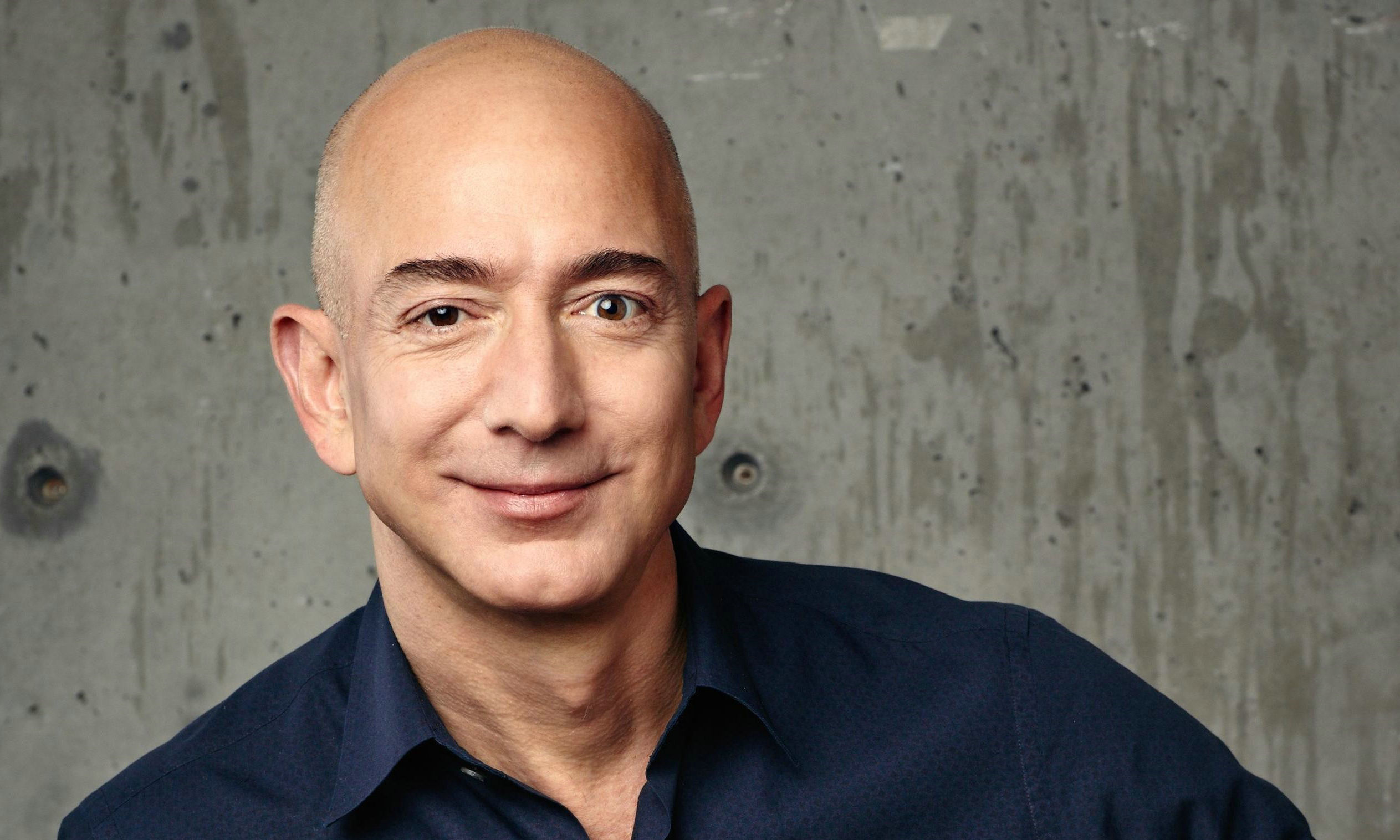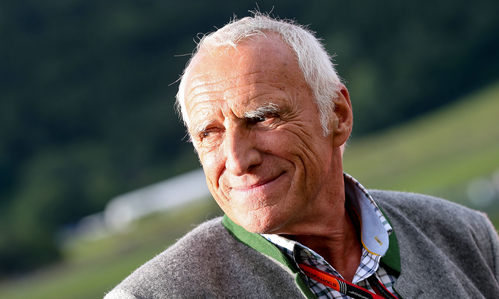Amidst the vast cosmos of consumer brands, there shines a luminous star that, with a diminutive can of energy drink, reshaped the global beverage landscape. Its architect, Mark Mateschitz, wielded unparalleled business acumen and a spirit of innovation to make Red Bull a household name worldwide. This is a tale of adventure, creativity, and branding sorcery, chronicling how Mateschitz evolved from an ordinary salesman into the architect of a beverage empire.
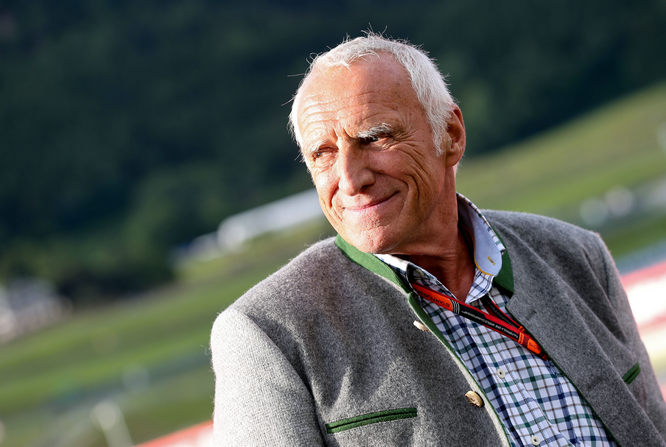
The Sprouting Ground of Dreams
In 1965, young Mark Mateschitz embarked on his academic journey at the Vienna University of Economics, specializing in International Trade. Unbeknownst to him then, he would later revolutionize the global drinks market, but this period seeded his comprehension of the global economy's mechanics and ignited a passion for cross-border commerce. Reflecting on his education, he stated, "University taught me to view issues through a global lens, marking the inception of my business DNA."
A frequent presence in libraries and an avid participant in class discussions, Mateschitz relished intellectual exchanges with peers from around the globe. These multicultural dialogues broadened his horizons, revealing both disparities and commonalities among markets. He reminisced, "Each discussion felt like a global voyage, filling me with boundless imagination for the future."
Mateschitz didn't confine himself to textbooks; he actively engaged in student organizations and business competitions. In one such event, leading a team in a simulated trade project, they clinched top honors through meticulous market analysis and inventive marketing strategies. This victory validated his business instincts and tasted the sweetness of success. He affirmed, "Practice is the sole test of theory, and that triumph confirmed I was on the right path."
Vienna's educational system fostered in Mateschitz not just extensive knowledge but a critical and independent mindset. Analyzing market trends and critiquing global economic events honed his multidimensional perspective, crucial in his future entrepreneurial ventures. He underscored, "In the unpredictable business world, constant questioning and innovation are the keys to survival."
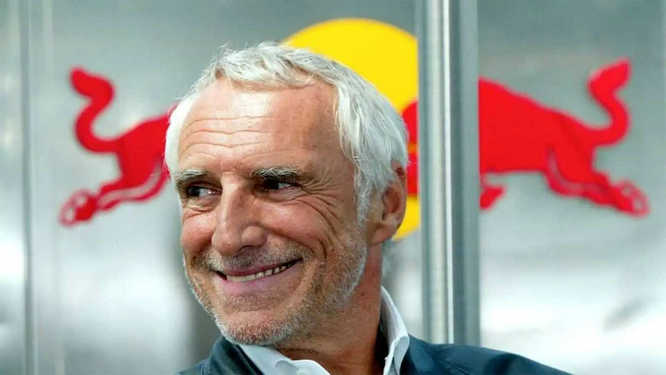
The Extraordinary in the Ordinary
Armed with a degree in International Trade, Mateschitz ventured into the professional arena, starting as a sales and marketing executive at a German consumer goods firm. An inconspicuous figure amidst office life, Mateschitz harbored nascent ambitions. "Every success story begins with an ordinary page," he recalled, "the key lies in how you pen the following chapters."
His early career saw an outpouring of exceptional work ethic and a keen market intuition. Beyond routine sales tasks, he voluntarily delved into market research, uncovering genuine consumer needs. This period instilled in him the belief that to excel in a competitive market, a product must forge emotional connections with consumers, a principle that would anchor his future strategies.
During this tenure, Mateschitz spearheaded a modest marketing campaign that foreshadowed his creative spark. By tailoring promotions to specific demographics, he leveraged targeted marketing to elevate product recognition and sales. A small step in his career, it marked a giant leap in his business journey, echoing his later emphasis: "Effective marketing is the art of understanding human nature."
Formative experiences from his first job profoundly influenced Red Bull's inception. Mateschitz held that understanding the market surpassed product pitching, and innovation should permeate customer engagement. These tenets shaped Red Bull's distinctive and resonant brand identity.
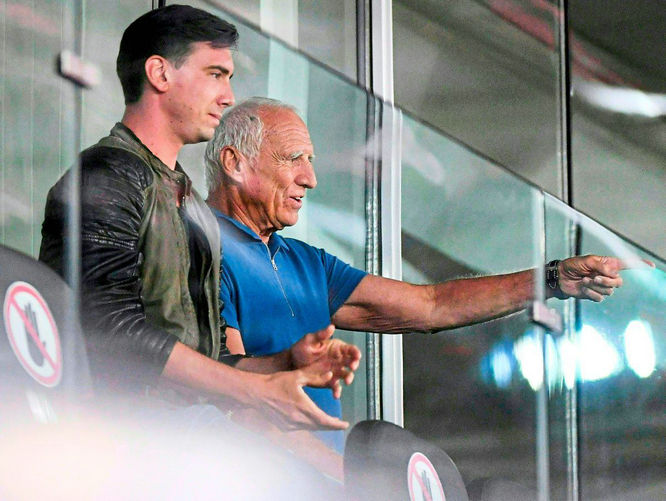
Awakening in Thailand
In 1982, Mateschitz embarked on a Thai journey that would alter his destiny. There, he encountered Krating Daeng, a functional beverage that invigorated him instantly. Sensing its potential in Western markets, he remarked, "I saw a product that could transform lifestyles, unlock potential, and unleash endless possibilities."
Back in Austria, Mateschitz partnered with the Thai drink's creator to refine the formula and birthed the Red Bull brand, launched in 1987. Amidst a soda- and juice-dominated market, standing out required unconventional tactics. Mateschitz marketed not just a drink but a lifestyle, positioning Red Bull as the 'energy drink' and orchestrating campaigns around extreme sports, music, and creative events, sponsoring stunts, F1, and extreme games. These bold moves captivated young audiences swiftly.
Flying Against the Wind: Mark Mateschitz and the Challenging Journey of Red Bull
Challenge One: The market doesn't believe in "energy". In the late 1980s, when Mateschitz brought the improved version of the Thai energy drink Krating Daeng back to Europe, what greeted him was not the warm embrace of the market. At that time in Europe, the concept of "energy drink" was still quite unfamiliar, and many retailers and consumers were skeptical about such products that claimed to be refreshing and invigorating. Facing the market's indifference, Mateschitz did not back down but chose a difficult path: to go into battle himself, promoting door to door, using taste tests and direct communication to dispel consumers' doubts. Although this process was slow, every successful promotion was an affirmation of the Red Bull concept, gradually tearing open the first opening in the market.
Challenge Two: Reshaping the brand and challenging traditions. Mateschitz knew well that to make Red Bull stand out, it was necessary to break the framework of traditional beverage marketing. He decided to take an unusual path and position Red Bull as a lifestyle brand rather than a simple functional drink. This meant that he needed to invest a large amount of funds and creativity in unprecedented marketing activities, including sponsoring extreme sports, music festivals, and founding the Red Bull Media House. This series of bold measures was regarded as risky at that time because they deviated from the traditional advertising model. However, it was precisely these innovative marketing strategies that enabled Red Bull to quickly establish a unique brand image among young people and become a synonym for popular culture.
Challenge Three: Regulatory restrictions and health controversies. As Red Bull expanded globally, it inevitably encountered regulatory restrictions and doubts about the impact on health from different countries. Especially in some markets, the high caffeine content of Red Bull raised public concerns about its safety. Facing such a crisis, Mateschitz adopted a transparent strategy, proactively releasing product ingredient information, while strengthening scientific research to prove the safety of Red Bull under the recommended intake. He also actively cooperated with regulatory agencies to adjust the product formula to meet the regulatory requirements of different countries, showing corporate responsibility and flexibility.
In the process of founding Red Bull, Mateschitz encountered a series of difficulties from market acceptance, brand positioning to regulatory challenges. Each challenge could have become a stumbling block, but it was his attitude towards problems and solutions that enabled Red Bull not only to overcome difficulties but also to become stronger as a result. His story tells us that true innovation is not only a breakthrough in products but also lies in the way of thinking and action strategy when facing difficulties. Just as he said: "Innovation is a continuous battle, not a one-time event."
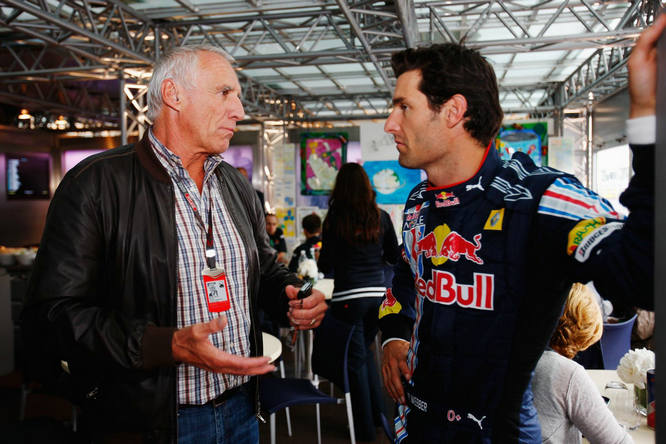
The Way to Break Through
"Taking an unusual path is the way to reach places where no one has set foot before." - Mark Mateschitz. This powerful declaration is precisely the inner portrayal of Mateschitz when facing market barriers when founding Red Bull. He did not act according to the script of market rules but wrote a chapter of market development that belonged to Red Bull himself.
Unlike traditional beverage brands that focus on the promotion of taste or nutrition, Mateschitz positioned Red Bull as a symbol of a lifestyle. He deeply understood the mentality of young people in pursuit of excitement and the desire to be different, so Red Bull began to be closely linked to extreme sports, music, art, and other fields. From sponsoring skydiving, skateboarding to Formula 1 racing, Red Bull not only provided an energy supplement but also became a partner of extreme challengers and dreamers. This cultural implantation strategy enabled Red Bull to quickly establish a strong brand identity among the target consumer group.
In 1994, Red Bull hosted the first Red Bull Flugtag, inviting participants to make their own aircraft for funny "flying" attempts, and this event instantly caused a sensation worldwide. It not only won huge media exposure for Red Bull but more importantly, it strengthened the association of the Red Bull brand with innovation, fun, and challenging the limit, successfully embedding the brand spirit deep into people's hearts.
Mateschitz foresaw the potential of content marketing and founded the Red Bull Media House in 1995. This company not only produced advertisements related to Red Bull but also produced a series of high-quality documentaries, movies, and TV programs such as "Red Bull Air Race" and "Red Bull Cliff Diving". These contents not only entertained the audience but also imperceptibly spread the Red Bull brand concept, building an all-round media ecosystem around Red Bull.
Through these unconventional strategies, Red Bull achieved remarkable market achievements. According to publicly available data, since its launch in 1987, Red Bull's global sales started from zero and exceeded 1 billion cans by 2001. By 2020, Red Bull's global market share reached an astonishing 43%, far ahead of its competitors. These numbers reflect the tremendous success of Mateschitz's innovative marketing strategy.
The core of Mateschitz's marketing strategy lies in cultivating consumers' brand loyalty through participation and experience rather than simply product promotion. He believes that once people regard Red Bull as a part of life, the brand has an irreplaceable position. The wisdom behind this strategy lies in recognizing that consumers buy not only the product itself but also a symbol of identity and an emotional resonance.
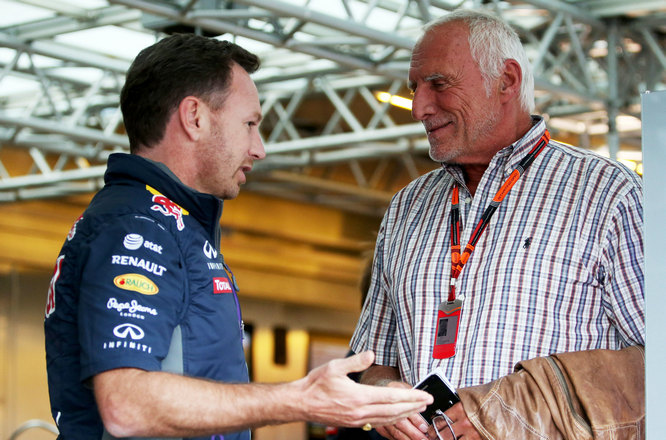
Beyond the Beverage, Creating a Legend
"The core of a brand is the story it tells." This sentence by Mateschitz reveals the secret of Red Bull's success. By continuously telling those stories full of challenges, passion, and innovation, Red Bull gradually built a strong and unique brand image. It is no longer just a beverage but represents a cultural symbol of adventure spirit and continuous breakthrough of limits.
Data witnessed Red Bull's glorious achievements. From the initial difficult start to becoming a global multi-billion-dollar brand today, Red Bull's sales have risen year after year. According to Forbes, in 2019, Red Bull's global sales reached approximately 7.5 billion euros, occupying nearly half of the global energy drink market. Behind all these achievements is Mateschitz's precise grasp of brand positioning and unremitting innovation efforts.
The story of Mark Mateschitz is about how to start from a simple inspiration and through continuous innovation and perseverance, shape a brand into a global phenomenal cultural symbol. His success is not only the victory of a business model but also the celebration of the human spirit of pursuing the extreme and challenging oneself. Just as he said: "We are not just selling products, we are inspiring people's potential and making them believe that everything is possible." In this rapidly changing era, the story of Mateschitz and Red Bull is undoubtedly an inspiration for every entrepreneur and dreamer.
